List of Deep Sea Fish: Types of Deep Sea Fish with Interesting Facts and Pictures
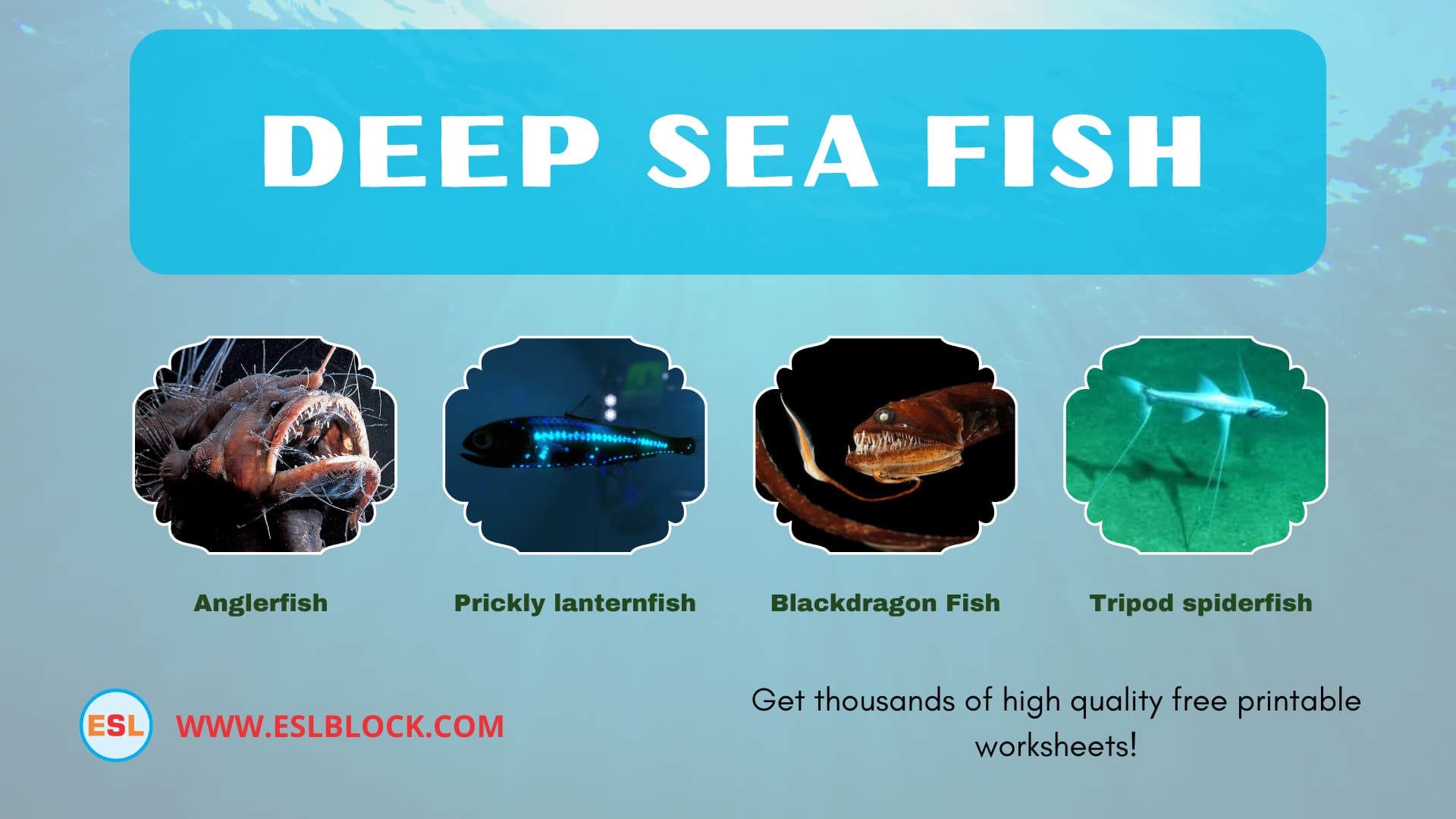
![]()
What are deep sea fish in English vocabulary? In this article, I am going to provide you a list of deep sea fish!
Most of us believe that the deep seas are not accessible and inaccessible, which affects our lives in various ways. Of 70% of the earth’s surface covered with oceans, 90% of the total volume is composed of the cold and darkness of deep seas.
Deep sea fish reside in harsh conditions. They are exposed to high pressure, rapid temperature fluctuations, and an environment with no sunlight.
Deep Sea fish possess a unique and terrifying appearance. They are beasts from deep seas and extreme conditions due to the lack of light and pressure. Despite the stated requirements, certain fish have adjusted to living in the deep sea conditions.
All these deep sea fish are verified, using acknowledged sources for their genuineness before being enlisted. Source: Your Info Master.
Read also: Types of Sentences Worksheets
What are deep sea fish?
Deep sea fish dwell in deep oceans where extreme conditions, total darkness, and severe pressure are the standard.
They have specific adaptations, such as:
- Bone reduction
- Reduced muscles
- Limited movement
- Large jaws
- Massive stomach
- Delayed metabolism
- Bioluminescence
Also Check: 12 Verb Tenses Worksheets
List of Deep Sea Fish Names
- Fangtooth (Anoplogaster Cornuta)
- Pacific blackdragon (Idiacanthus Antrostomus)
- Prickly lanternfish (Myctophum Asperum)
- Black ruff (Centrolophus Niger)
- Tripod spiderfish (Bathypterois Grallator)
- Viperfish (Chauliodus Sloani)
- Coelacanth (Latimeria chalumnae)
- Sixgill Shark (Hexanchus griseus)
- Hatchetfish (Argyropelecus gigas)
- Anglerfish (Melanocetus johnsoni)
Deep Sea Fish Fun Facts
Deep-sea fish are a species found in the deepest parts of the sea. They are the living things of the world living in the depths of the ocean. They are considered highly predatory.
They can be seen in the Indo-Pacific range across the coastal regions of countries such as South Africa, Japan, and Brazil. For South Africa, the fish are limited to the east and along the Ascension Islands towards the south.
Some fish are observed in the Indo-Pacific region that is moving to Mauritius and New Guinea. New Zealand and Australia have also followed a handful of species collections.
In Japan, in the northern part of Fiji, the species were seen moving towards the eastern region near the Guadalupe Islands.
Fish such as anglerfish and viperfish have the best time in this bathyal area. The bathyal zone is formed in a depth of 0.62-2.48 miles (1000-4000 meters) with the average temperature being 4. (39.2 ). Find out more about these deep-sea creatures.
Different Deep Sea Fish with Fun Facts and Pictures
Fangtooth (Anoplogaster Cornuta)
The fish that is appropriately named ( Anoplogaster cornuta) has extended and menacing fangs. However, it is tiny, just 6 inches (17 centimeters) across.
The most prominent teeth in the ocean, about body size. They are so long that the fangtooth is an adaptation to ensure it can close its mouth!
Special pouches on the top of the mouth stop teeth from cutting into the fish’s brain when the mouth is shut.
It has been discovered in depths as high as 5 000 meters (16,404 feet) and is among the deepest living fish; however, it is more common between 500 to 2000 meters (1,640 or 656 feet).
During the day, it is found in deeper regions of the ocean, and at night, it migrates to the shallower areas to feed. (This is known as a diel migration.) Smaller and younger fish remove zooplankton from the water, and adults feed on squid and fish.

Pacific Blackdragon (Idiacanthus Antrostomus)
They are predators of ambush; their bodies are dark and black; even their stomachs are covered in black tissue to block any luminescence that could be generated by the biological luminescent (light-producing) creatures they consume. Along their dark bodies, Pacific blackdragons possess a variety of specially designed light cells known as photophores.
They are employed to draw potential mates. They also have a distinct organ lit at the end of the long barbel hung from the cheeks. This organ acts as a lure that draws hungry prey to their mouths. Adults can reach around two feet (60 centimeters) in length. They’re slim and eel-like.
However, they aren’t close to eels. Although it is found in deep water, The preferential depths for the Pacific blackdragon are exposed to sunlight during the day. The eyes are enormous and well-developed.
Interestingly, many of the characteristics mentioned above for the Pacific blackdragon apply only to females. Males are smaller, do not have teeth, stomachs, or barbels, and cannot feed. They are never able to leave the larval stage of development.
All of their power comes from the yolk of the egg. Males live only long enough to get married, and shortly after that, they pass away. The stark difference between male and female sexes is evident in other species of the deep sea, too, as it may be a way to decrease competition for scarce resources while also preserving the value of mixing genes via reproduction by sex. Larvae of both genders have amazing, stalked eyes, which they take in as they grow into adults.
Humans don’t eat Pacific blackdragons, and no evidence suggests that humans can adversely affect their population. They are likely to be naturally scarce. However, any change in the deep-sea habitat could endanger this fascinating species.

Prickly Lanternfish (Myctophum Asperum)
According to the source, the Lantern Fish (or Mycotrophids, derived from the Greek”mukter-mike,” which means “nose” and oophis, “snakes”) are small Mesoplasmic fish belonging to the more prominent family of Mycophyidae.
Mycotrophs can be described as one of two families within the Mycotphidae order, represented by 246 species belonging to 33 genera of Mycotphidae, and can be present in oceans around the world.
They’ve been called after the phenomenon of bioluminescence. Their family is tiny but quite similar in size to the Newscopilid, and at least one Neoscopilid has the name of ‘lanternfish,’ Large-sized lanternfish Nuscopelus macrolpidotus.
It is referred to as Symbolophorus Bernardi is a fish from deep water which gets its name from the ability it has to produce light. The light is shut off through tiny organs referred to as photophores.
A chemical reaction in the photophore illuminates an enzymatic process called bioluminescence. This is the same procedure used by fireflies, similar to the chemicals kids utilize for Halloween in the green light stick.
Photophores are found below and under the head of the fish. The theory is that the organs help to attract smaller fish over which it feeds. They could also communicate with the other lantern fish on the mat.
Over 200 species of fungus fish are found in the depths of the sea. They are thought to be intense sea creatures. They are among the most widespread among all species of the polar region. It is believed they play significant roles as victims of larger species.
Within the Southern Ocean, they provide an essential food source for penguins and squids. Lanternfish can grow up to about 6 inches (15 cm) in length, but certain species may vary in size between 1 and twelve inches (2 to 30 centimeters).
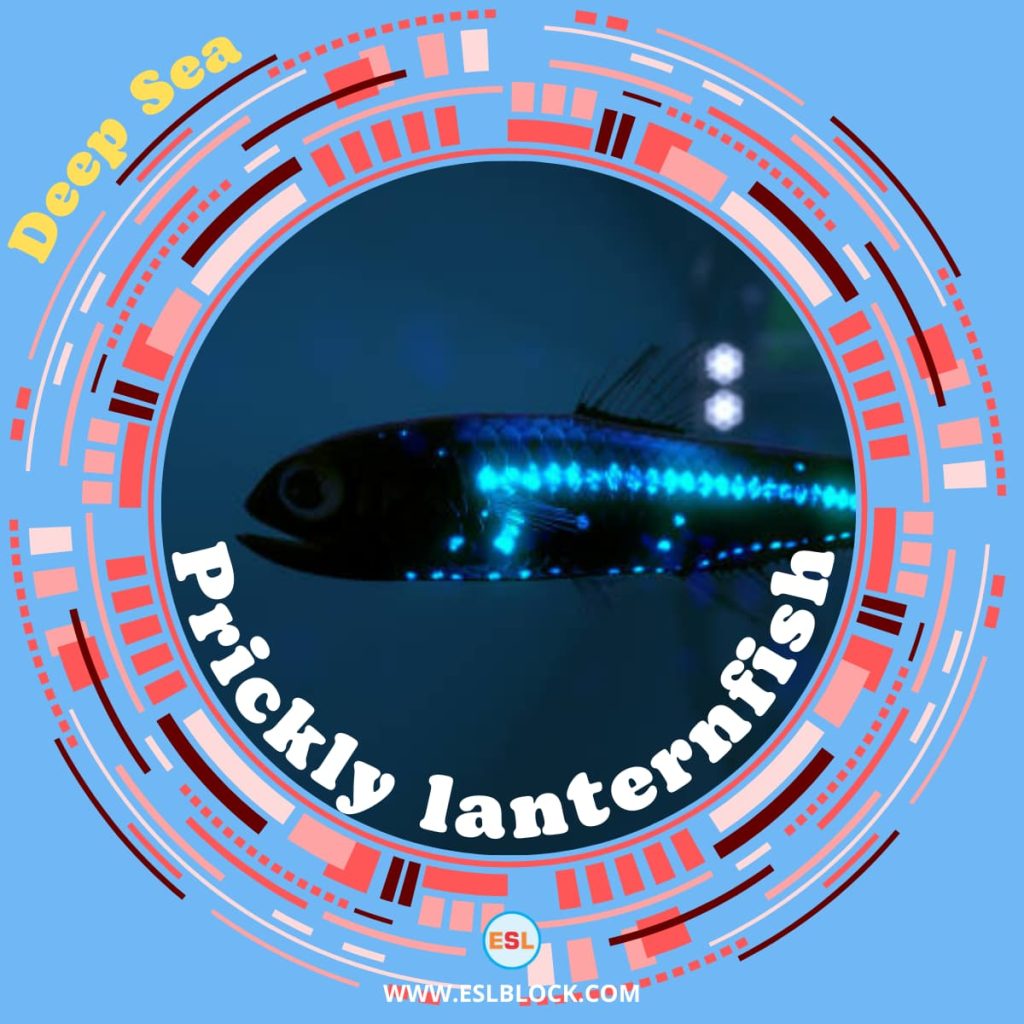
The black ruff (Centrolophus Niger)
Fish from the Centrolophus suborder of Scombriformes of Percomorpha clade, Centrolophidae (medusafishes), a family of Centrolophidae
Black rub (Centrolophus Niiger) was first described by Johann Friedrich Gmelin (1748-1804), a German botanist and doctor.
This species is pelagic and can be grouped into small schools. It can be found at depths of 40-1050m, but it is more common at 300-700 meters. Its maximum length is 150 cm. However, it can be found in specimens as long as 60 cm. It eats small fish, crustaceans, and zooplankton.
Deep sea fish can live alone or in small groups. The body is spindle-shaped and laterally flattened. The body color is black at the back and gray at the belly. It can grow up to 150 cm. It is a deep-sea fish but can also be found in shallower water.
Transverse dark stripes along their flanks characterize the young individuals. They live near the surface. They spawn in autumn and winter. They eat mollusks and jellyfish. In the Eastern Atlantic and South Pacific, there are many Black ruffs.
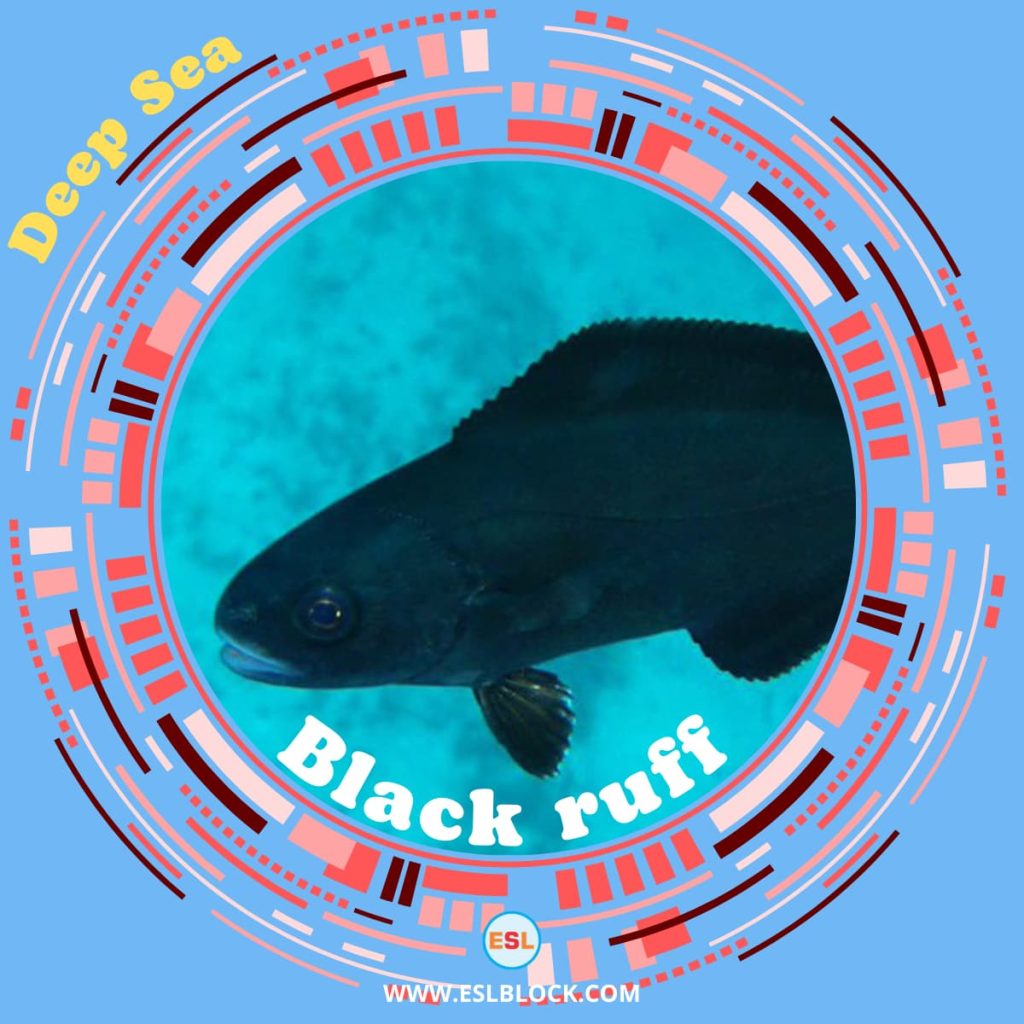
Tripod spiderfish (Bathypterois Grallator)
The tripod fish is unique and lives in deep, dark ocean depths. This unusual fish is known as a “stilt-walker” and spends its entire life on the ocean floor, perched over the substrate. It stands above the seafloor as a tripod using three long projections made by its modified fins.
Spiderfishes are a mysterious species. These fishes are among the deepest living in the world. Tripod Fish is a common name for species that use their long caudal and pelvic fin rays to lift themselves off the bottom.
Spiderfishes can be found in the ocean’s abyssal and continental slopes. Spiderfishes are among the deepest-living fishes in the world and can be found at depths of approximately 1000 m to more than 6000 m. Sometimes, larvae can be found in shallow waters.
This is how deepsea fish larvae often migrate to the depths. This is called ontogenetic vertical movement. This allows them to survive in relatively prey-rich water. The images below show a larva of the genus Bathypterois, taken at 5m depth by Dan Dickinson during a night dive.
Similar to cavefishes in that their eyes are less developed, spiderfishes may have a reduced ability to see because they live at great depths. Some spiderfishes can splay the anal and pelvic fins, allowing them to rest tripod-like on the bottom with their bodies raised above the soft soil.
The pectoral fins are elongated and have an ‘elaborate nerve supply. These fins are held high up to the side of your body. They detect water movement, trap small crustaceans and direct them toward your mouth.
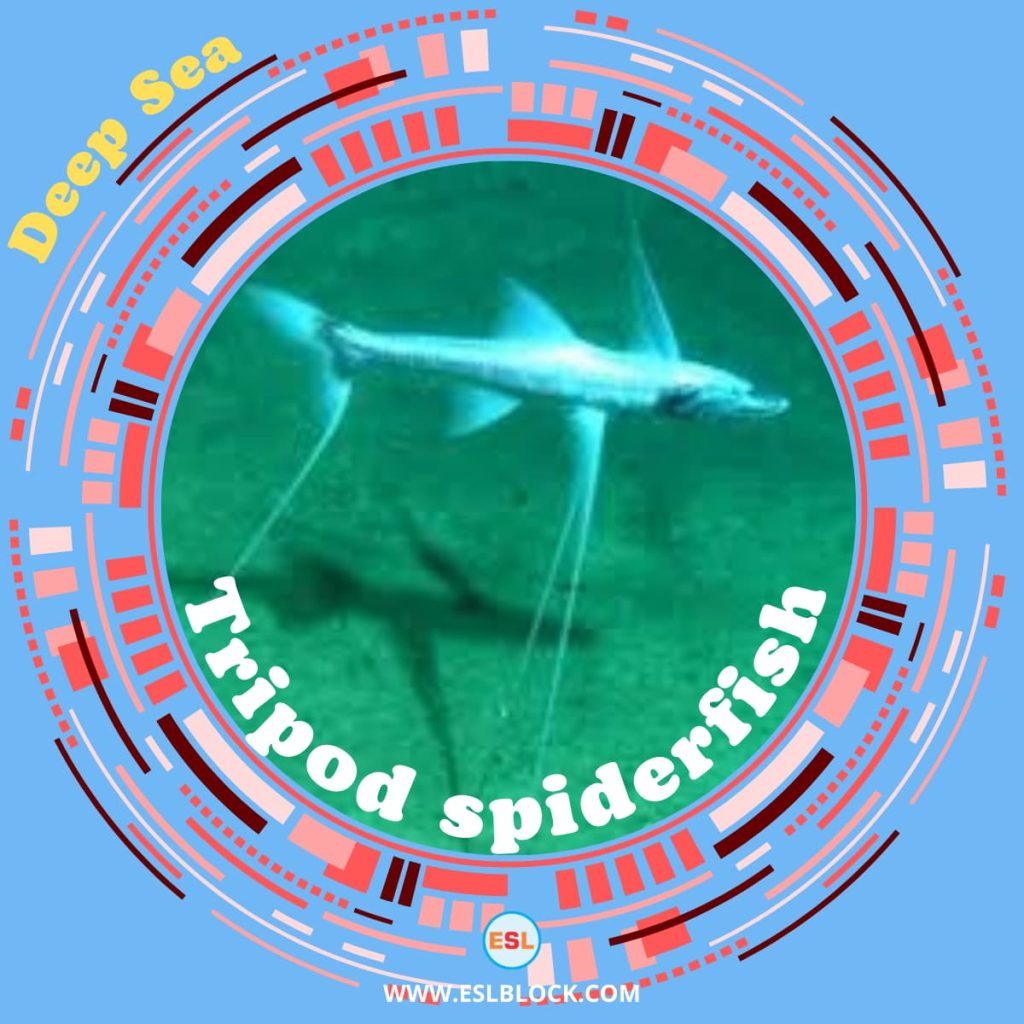
Viperfish (Chauliodus Sloani)
The viperfish, despite its fierce appearance, is a small animal. It can grow to approximately 11-12 inches (30 cm) in length. The viperfish is dark blue, although it can take on a variety of colors, such as green, silver, or black. The main light organ is located near the end of the dorsal fin, but there are several photophores along the fish’s sides. These can help camouflage the fish against predators below. The lights blend the bottom of the fish with the very faint light coming down from above. These lights may be used to lure prey or communicate with rivals.
Viperfish’s huge teeth allow it to grab its prey when it hunts in darkness. The viperfish can be seen floating in the water motionless, waving their lures above their heads as a fishing pole to catch their meal. Their skull is hinged and can be rotated to swallow large prey. They have large stomachs, allowing them to store food when available. Viperfish eat mainly crustaceans and small fish. They migrate vertically during the day, just like many deep-sea animals. They can be found at depths of 5,000 feet (1.500 meters) during the day. They travel to shallower water depths, 600 meters below the surface, at night when food is plentiful. They have a low basal metabolic rate, allowing them to go days without food. This is probably due to the scarcity of food in the deep sea. Sharks and certain species of dolphins have been known to prey on viperfish.
Due to their extreme depths, little information about viperfish’s reproductive habits is available. They are believed to be external spawners. This means that the female releases eggs into the water for fertilization. Although spawning can occur throughout the year, it is most common for young larvae to occur between January and March. When they hatch, these larvae measure approximately six millimeters in length (roughly a quarter inch). They are left to their own devices until they reach adulthood.
Researchers don’t know much about the viperfish’s life expectancy, but they are believed to live between 15-30 years. They rarely live more than a few hours in captivity.
Viperfish can be found in temperate and tropical waters around the globe at depths up to 9,000 feet (2.800 meters). Although they are not often seen, some specimens may be found in deep-water trawlers’ catches.
Scientists have unique opportunities to study this mysterious animal through these occasional catches. They live in deep water, so it is believed that humans have minimal effect on their population.
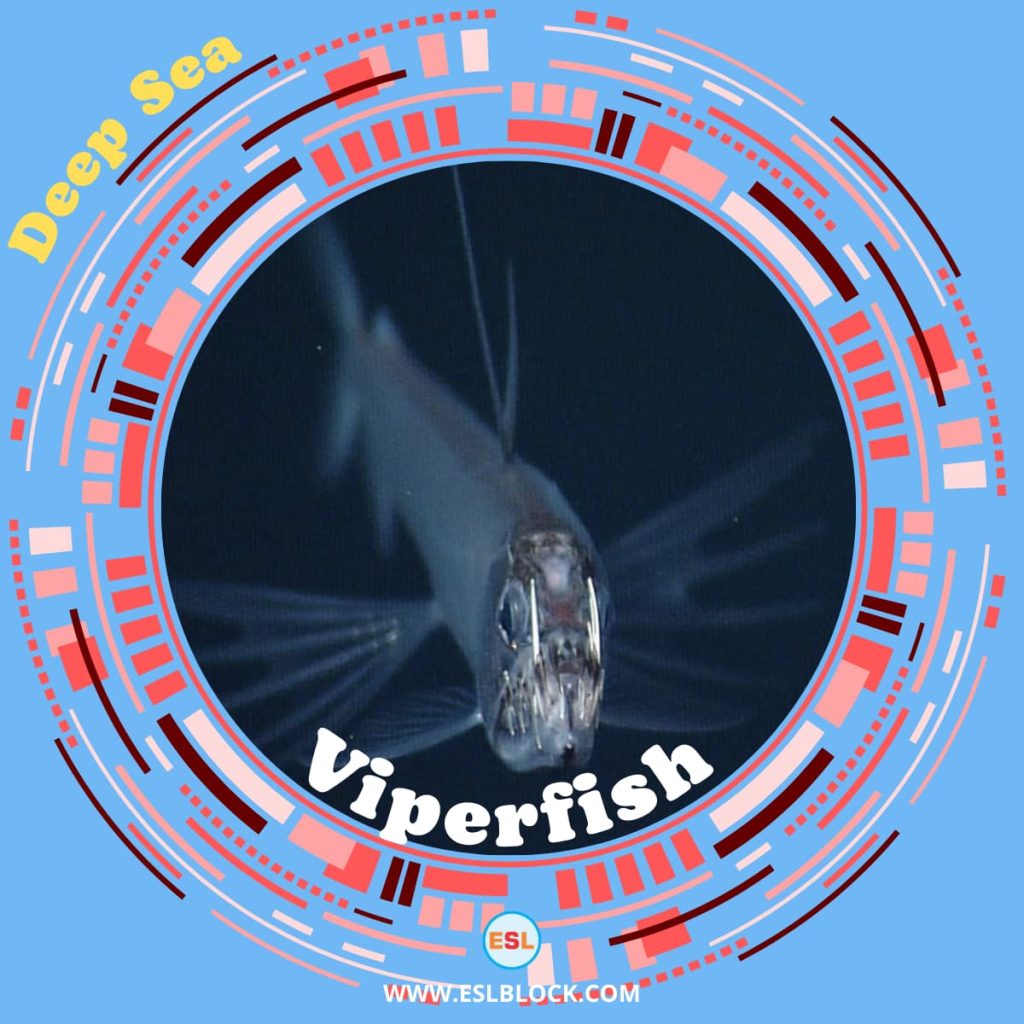
Coelacanth (Latimeria chalumnae)
The coelacanth is a deep-sea fish that has been around for 300 million years. It is the only known surviving species of its family and genus. The coelacanth has a long prehensile tail that it uses to orient itself in the dark ocean depths. It can also jump out of the water into the air, which has caused some people to call it the “lungfish.”
The coelacanth was thought to have gone extinct in the early 1900s but was found alive and well off Africa’s coast in 1938. Since then, there have been periodic discoveries of coelacanths in different parts of the world, most recently in Indonesia in 2006.
Despite its rarity, this discovery caused a sensation among scientists for over six decades. Live coelacanths have been seen and photographed by visitors on multiple occasions since then.
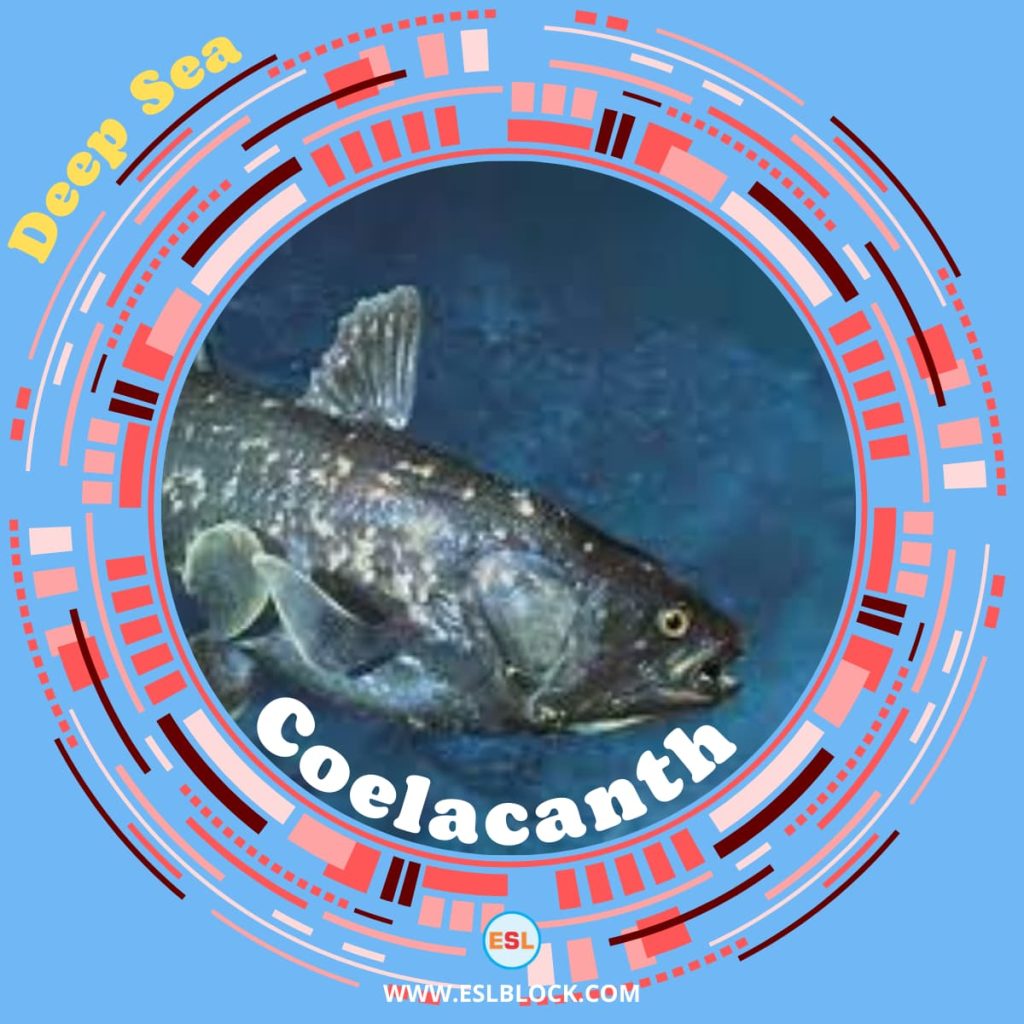
Sixgill Shark (Hexanchus griseus)
Sixgill sharks are among the most exciting and rarest sharks in the deep sea. They are found at depths of up to 6,000 feet, a very different environment than their shallow water cousins. Sixgill sharks have a unique anatomy that allows them to survive in such harsh conditions. Their noses are specially adapted to filter out small prey from the water, and they have six gills instead of the more common four. These sharks are typically quite large, reaching lengths of over 3 meters.
The six-gill shark, also known as a Hexanchus griseus, is a giant shark that feeds on plankton. Sharks with six-gill slits are not found in much abundance in today’s oceans because they are relatively primitive, and few of them remain, however. They are related to the Greenland shark and other species that can be traced back over 200 million years ago.

Hatchetfish (Argyropelecus gigas)
The hatchetfish is a deep-sea fish that can grow up to two feet long. It has a strong jaw and sharp teeth to catch prey. Hatchetfish are active hunters that use their jaw and teeth to slice through fleshy prey items. They are found in the Atlantic, Pacific, and Indian Oceans.
You might find it hard to believe a fish has such an unusual name, but the deep sea hatchet fish indeed has one. The term “hatchet fish” is derived from their body shape.
Belonging to the family Sternoptychidae of deep-sea fishes, there are about 45 different species of hatchets ranging in size from less than an inch to six inches. Hatchets are most well known for their fragile and blade-like bodies, which resemble any hatchet you have seen in your lifetime.
Despite being mistaken for a freshwater hatchetfish commonly kept in home aquariums, these deep-sea hatchets should not be confused with the giant Argyropelecus gigas.
This vast marine fish can grow up to six inches long. Hatchetfishes have large, tubular eyes that point upward while searching for food falling from above. Because their eyes are so sensitive, they can see shadows even when the only light sources present are faint and unseen by other members of their pod or predatory fish lurking above.

Anglerfish (Melanocetus johnsoni)
The anglerfish is a deep sea fish in tropical and temperate oceans. It has a long, whip-like tail to reel in food. The anglerfish has a large head with a protrusion on the front that it uses to lure prey into its mouth. Anglerfish can reach up to 3 feet in length and weigh up to 24 pounds.
Some of the strangest-looking fish in the sea are deep-sea anglerfish. Known scientifically as Melanocetus Johnson, it is one of about 200 angler fish across the world’s oceans. Of these, several dozen inhabit the deepest parts of the sea.
The angler got its name from the elongated dorsal spine to support a light-producing organ known as a photophore. This photophore can produce a light that looks like a firefly’s on land through a chemical process known as bioluminescence.
The anglerfish uses this appendage like a fishing lure and flicks it back and forth to attract prey. It stays still until its hapless prey wanders close enough, then swallows it down with lightning speed.

Fish| Info Graphics
The List of Deep Sea Fish infographic can help educators and learners share their thoughts. Infographics are one of the most effective ways to communicate information engagingly effectively. They are helpful for both print and the website.
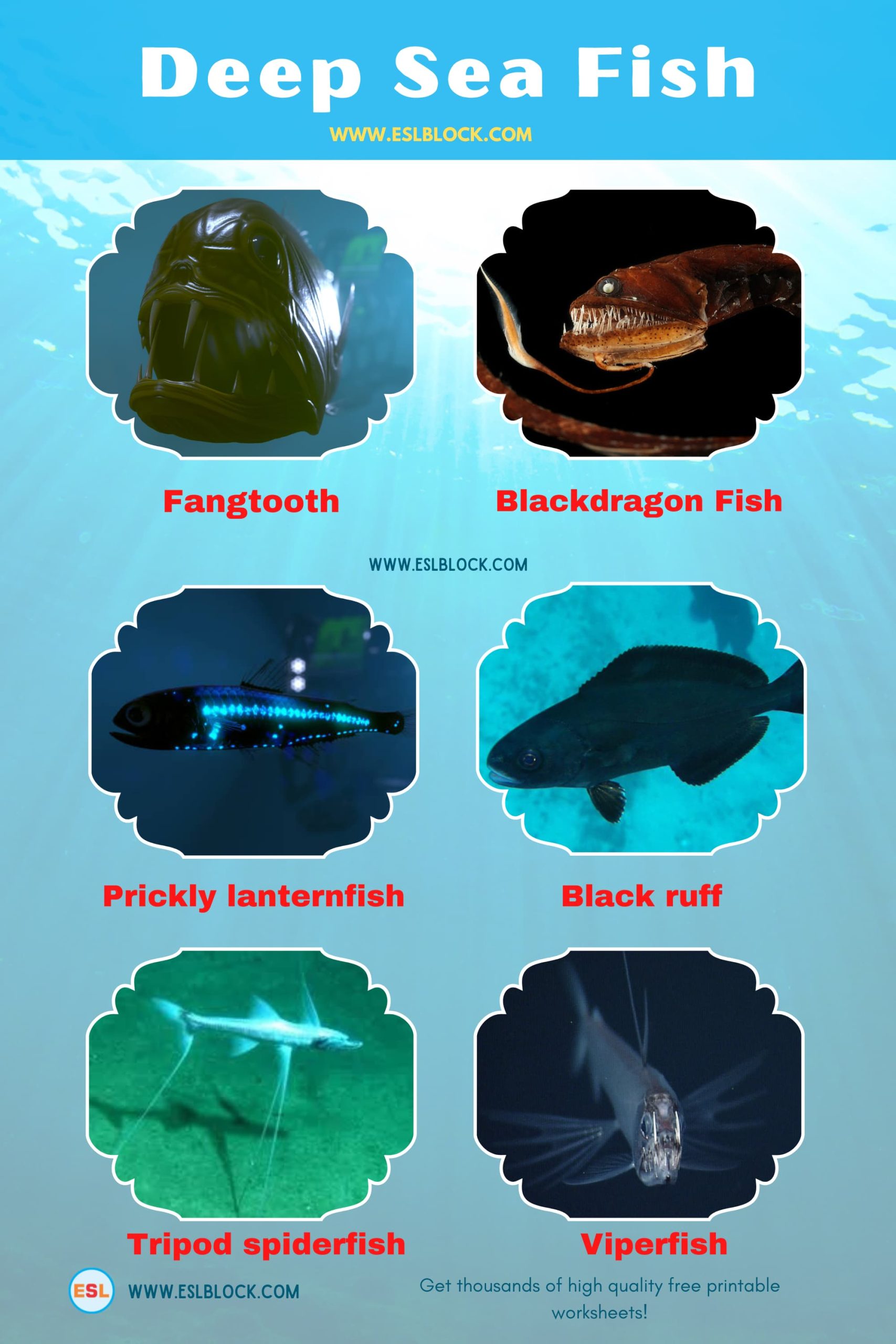
Conclusion
If you have enjoyed “List of Deep Sea Fish, “I would be very thankful if you’d help spread it by emailing it to your friends or sharing it on Twitter, Instagram, Pinterest, or Facebook. Thank you!
With ESLBLOCK, you will study with new ideas. If you doubt the qualities of List of Deep Sea Fish, reach us through our blog’s comment section. Keep checking back! We’ll do our best to give you feedback as soon as possible. Thank you!
Also Read: Sentence Structures Worksheets
Recap of what we just learned
- List of Deep Sea Fish: Types of Deep Sea Fish with Interesting Facts and Pictures
- What are Deep Sea Fish?
- List of Deep Sea Fish
- Deep Sea Fish Fun Facts
- Most Popular Deep Sea Fish
- Different Types of Deep Sea Fish with Facts and Pictures
- Deep Sea Fish | Info Graphics
Related Articles
Here are some more lists for you!
- List of Fish: Types of Fish with Interesting Facts and Pictures
- List of Mollusks | Types of Mollusks with Interesting Facts
- List Of Farm Animals: Different Types of Farm Animals
- Shellfish | List of Shellfish with Interesting Facts
- List of Crustaceans: Cool Facts with Pictures
- Cat Breeds: Different Types of Cats
- List Of Pet Animals: Different Types of Pets
- Dog Breeds: Different Types of Dogs






